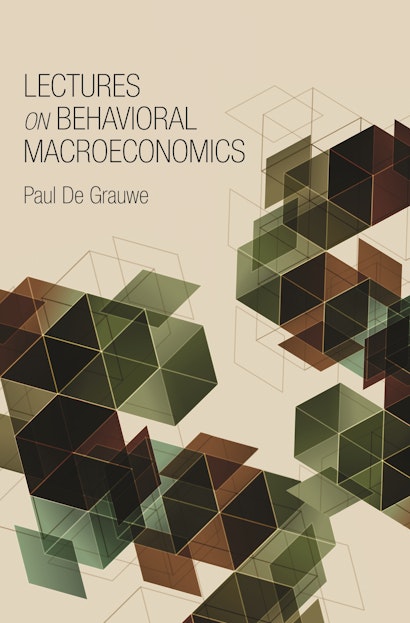Lectures on Behavioral Macroeconomics


Hardcover
- Price:
- $55.00/£45.00
- ISBN:
- Published:
- Oct 14, 2012
- Copyright:
- 2013
- Pages:
- 152
- Size:
- 6 x 9.25 in.
- 64 line illus. 4 tables.
- Main_subject:
- Economics & Finance
ebook
In mainstream economics, and particularly in New Keynesian macroeconomics, the booms and busts that characterize capitalism arise because of large external shocks. The combination of these shocks and the slow adjustments of wages and prices by rational agents leads to cyclical movements. In this book, Paul De Grauwe argues for a different macroeconomics model—one that works with an internal explanation of the business cycle and factors in agents’ limited cognitive abilities. By creating a behavioral model that is not dependent on the prevailing concept of rationality, De Grauwe is better able to explain the fluctuations of economic activity that are an endemic feature of market economies. This new approach illustrates a richer macroeconomic dynamic that provides for a better understanding of fluctuations in output and inflation.
De Grauwe shows that the behavioral model is driven by self-fulfilling waves of optimism and pessimism, or animal spirits. Booms and busts in economic activity are therefore natural outcomes of a behavioral model. The author uses this to analyze central issues in monetary policies, such as output stabilization, before extending his investigation into asset markets and more sophisticated forecasting rules. He also examines how well the theoretical predictions of the behavioral model perform when confronted with empirical data.
- Develops a behavioral macroeconomic model that assumes agents have limited cognitive abilities
- Shows how booms and busts are characteristic of market economies
- Explores the larger role of the central bank in the behavioral model
- Examines the destabilizing aspects of asset markets